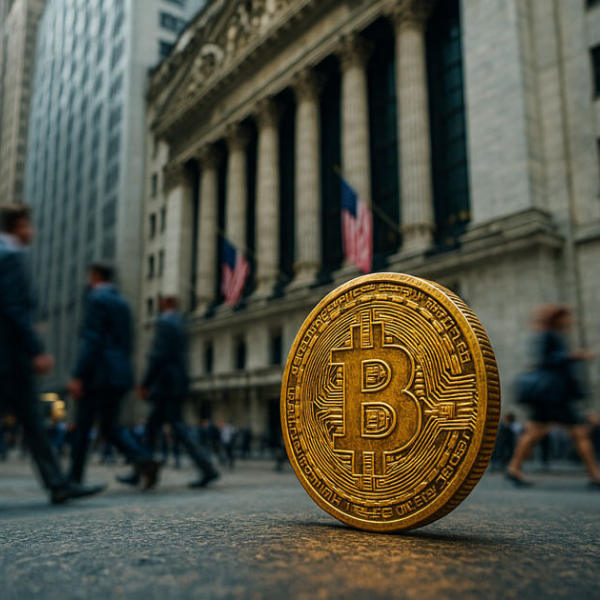A ray of hope in the data "black hole"! CPI data is about to be released, but is it not "good news"?
After a 22-day government shutdown, the United States is finally set to release an economic report, but economists are not optimistic and expect an inflation warning to be triggered.
Federal agencies have not released economic reports for nearly twenty days. The U.S. government shutdown has interrupted key data, casting an even thicker shadow over an already uncertain economic outlook.
But by Friday, this situation will change, albeit briefly. The U.S. Bureau of Labor Statistics will release the September Consumer Price Index (CPI) report on that day.
The September CPI report will offer some comfort to those eagerly awaiting data, as it provides an up-to-date snapshot of U.S. price trends.
This report can be considered a one-off: Bureau of Labor Statistics staff have been called back to the office this month so the government can meet the statutory requirement to adjust next year’s Social Security payments. The September CPI is the last piece of data needed to calculate the cost-of-living adjustment for 2026.
Therefore, after the CPI report is released, federal economic data will once again fall silent until the government reopens. As for the report itself, economists believe that despite the delay, they are not concerned about the integrity of the underlying data.
Will inflation return to 3%?
Economists expect the latest CPI data to show that the prices of a range of common goods and services rose by 0.4% last month, exceeding normal levels. This would push the annual inflation rate from 2.9% up to 3.1%, the fastest pace in over a year.
There are multiple factors behind the price increases, including rising prices for gasoline, food, and tariff-affected goods, as well as slower-than-expected declines in service sector inflation—especially housing.
Michael Pugliese, Senior Economist at Wells Fargo, noted in an interview that the last time inflation was below 2% was in February 2021.
He said: “From a macro perspective, this reminds us how stubborn inflation can become once it gets out of control, and how difficult it is to bring it back to 2% after it has exceeded the target for some time.”
Food is more expensive
U.S. consumers have endured nearly five years of rapid price increases (with two years of price hikes far exceeding the norm). However, years of high inflation have taken a heavy toll on them.
Billy Roberts, Senior Analyst for Food and Beverage at CoBank, which provides financial services to agribusinesses and rural companies, pointed out that from 2020 to 2024, food prices have risen by 24%.
He said: “We see that even this year, although the degree of inflation has eased, what really has an impact is its cumulative effect.”
According to data from the Bureau of Labor Statistics, grocery prices rose by 0.6% in August, the largest monthly increase in nearly three years. Economists expect the increase in September to be milder, but price hikes in certain categories may highlight pain points.
For example, beef prices have surged in recent years due to long-term drought reducing cattle herds, while cocoa and coffee prices, already affected by supply disruptions from climate change, now face further pressure from tariffs.
Roberts said that consumers stocking up for Halloween are now feeling this impact. He noted that cocoa prices “are still double or even triple what they were in 2022-2023.”
He added: “These are not products that consumers buy every week, but for Halloween, they are now buying in large quantities. These prices will bring a significant price shock to consumers.”
The diverging impact of a K-shaped economy
Joe Brusuelas, Chief Economist at RSM, pointed out that food prices and similarly rising electricity prices remain pain points for many Americans.
In addition to these categories, Brusuelas noted that he will also be watching inflation related to services—such as airfares and other discretionary spending areas—and whether inflation in these areas remains high.
He said: “What worries me is that sticky and stubborn service sector costs, combined with rising food and utility prices, are putting enormous pressure on middle- and low-income households. This is the embodiment of the K-shaped economy we often discuss, in which 40% of the country is doing very well.”
A recent analysis by Moody’s Analytics found that the country’s high-income population (who benefit from a soaring stock market, rising wages, and increased housing wealth) now accounts for an even larger share of total spending.
Brusuelas added: “But in the low-income market, it’s a completely different reality.”
Disclaimer: The content of this article solely reflects the author's opinion and does not represent the platform in any capacity. This article is not intended to serve as a reference for making investment decisions.
You may also like
With a valuation of $1 billion, why hasn’t Farcaster managed to become a “decentralized” Twitter?
Farcaster acknowledges the difficulty of scaling decentralized social networks and is abandoning its "social-first" strategy to focus on the wallet business.

If AI agents start hoarding Bitcoin, what will happen to this monetary system originally designed for ordinary people?
The underlying logic of Bitcoin assumes that users will eventually die, and the entire network is not yet prepared to accommodate holders who “never sell.”

Federal Reserve's 400 billions liquidity signal: Bitcoin faces pressure awaiting a breakthrough
Compared to interest rate cuts, the liquidity signal from the Federal Reserve's $400 billions reserve rebuild is the key factor influencing bitcoin's price movement.

Questioning the Necessity of Gas Futures: Does the Ethereum Ecosystem Really Need Them?
On-chain Gas Futures: A brilliant idea by Vitalik, or a false proposition for retail investors?

